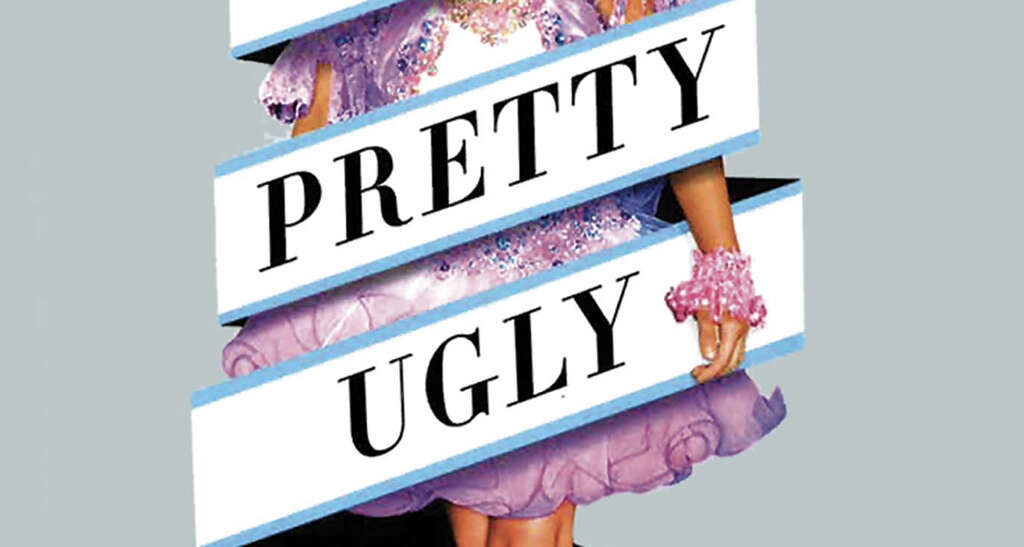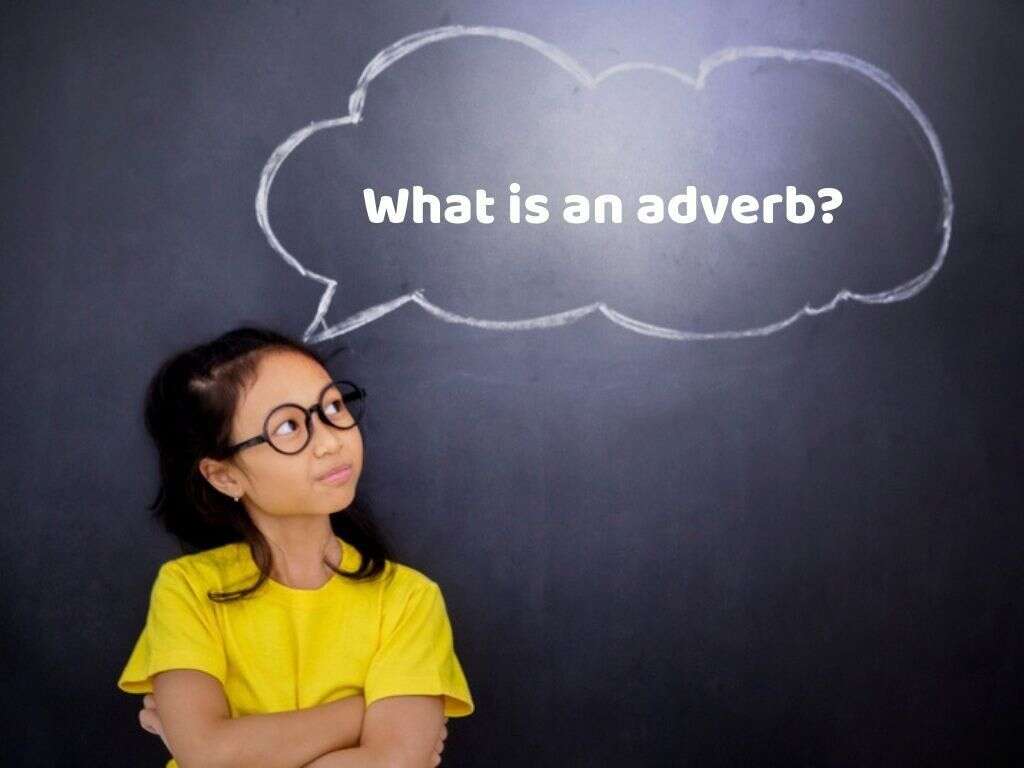What Is an Oxymoron?
An oxymoron is a figure of speech that directly contradicts itself. They are often deliberate and a clever play on words that in a way help to grab the reader’s attention. They are also often accidental, and the contradiction within the words used is not always immediately apparent.
Oxymorons are often used in day-to-day speech, often without the user being aware. You will also often find them used in literature with some examples very well known for their clever wordplay. There are countless examples of this use of language, and we have highlighted some of the most common.
1. Awfully Good
Beginning sentences with “awfully” to use it as a positive intensifier is largely a British English colloquialism, but it is sometimes used in other English variants. Of course, in examples such as the above, the word “awfully” actually translates as “very,” causing the term to mean “very good.”
The English language can be very nuanced at times, and the Brits in particular are well known for their eccentricity and the rules are not always consistent. In many cases, the word “awfully” will actually be used as it was originally intended to be. For example, food that was “awfully prepared” means that a terrible job was done of the preparation.

2. Liquid Gas
Matter can exist in four forms as far as we know: solid, liquid, gas, and plasma, and it is not uncommon for matter to transform from one form to another. Perhaps the most common example of matter changing from one form to another is water.
We will often see it as ice (solid), water (liquid), or steam (gas). The term “liquid gas” is an oxymoron because matter can only be one or the other, never both simultaneously. It is often used to describe matter that we will usually experience as a gas that becomes liquid under certain conditions. For example, at very low temperatures, even helium can change to a liquid.
3. Pretty Ugly
Beginning a sentence with “pretty” is similar to how we would sometimes start a sentence with “awfully.” When used as shown above, the term actually means “rather ugly.” Of course, pretty is the opposite of ugly and something, or somebody, cannot be both at the same time.
It is a fairly common usage of the word, and other examples include “pretty good,” or “pretty fast,” although these are not oxymorons. Whether or not a person or object is pretty is also very subjective, so people may not always agree with it regardless of the contradiction. This usage of the word is used in most English colloquialisms.

4. Same Difference
How can something be both the same and different at the same time? The simple answer to that question is: it cannot! The term is another example of a fairly commonly used oxymoron, and it is often used freely with the user apparently being completely unaware of the contradiction that lays within.
The term is often used to describe something that basically amounts to being the same as something else despite there being some differences. For example, the term “same difference” could be used in a discussion over whether somebody was fired from their job, or if they were forced to resign.
5. Act Naturally
People are often asked to act naturally when they are trying to hide something. For example, children will often tell each other to act naturally when trying to avoid being caught doing something they should not have been doing.
If they were to act as though they had done something wrong, it would obviously alert other people to their shenanigans. To “act naturally” is an oxymoron on account of the fact that those involved are acting at all. We still tend to know exactly what is meant, though, and those involved will usually try to do their best act as though nothing unusual has been going on.

6. Alone Together
Couples will often be looking forward to having some time together when nobody else is around. Being “alone together” will obviously allow for some intimacy; something that can be very hard to find for parents in particular. While we know what the term means, of course, it actually makes no sense when it is scrutinized.
The Oxford English Dictionary definition of the word “alone” says just what you would expect it to say: being “by oneself.” If you are with even just one other person then you are not “by oneself,” and therefore not alone. Regardless, the oxymoronic nature of the term almost helps to give it some added romance.
7. Silent Scream
Fans of horror or thriller books will likely be familiar with this term. It is often used to describe how a character would react to being faced with an immediate danger. They will go through the motions and emotions of a scream but make no audible sound, perhaps through shock or maybe through not wanting to draw attention to themselves.
A scream, however, is an audible (and often loud) sound, so it is not possible for a scream to be silent. Still, though, we tend to understand the meaning fully without the need to quibble over the semantics. “Screaming inside” is a similar usage, meaning the character is terrified or enraged inside while still maintaining a calm appearance externally.

8. Original Copy
The word “copy” does not really need explaining in depth, it simply means something that has been copied from something else. This, in turn, means that the “something else” must have existed before the copy was made. “Original copy,” however, means the first of its kind, which makes the term oxymoronic.
It could be argued that “copy” in this sense would mean copy as in written sales copy, which would make sense. It is not often the term is used in that context, however, causing that argument to fail. For example, an original copy will often refer to an original DVD of a movie.
9. Open Secret
A secret is information that you don’t tell to other people, or at least keep it limited to a select few. Some people are just not good at keeping secrets, however, feeling compelled to tell other people at the very first opportunity they get. Once a secret has become public knowledge, it is no longer a secret, although it might become an “open secret.”
The term is oxymoronic but is still used quite often. It is used to describe something that has not been confirmed, and is even denied, but is still well-known by others. For example, it might be an “open secret” that two people are dating each other, despite them trying to prevent other people from finding out.
10. Deafening Silence
Something that is deafening is something that is so loud that it means you cannot hear anything else, or even that it can cause damage to your ears. This then means that the term “deafening silence” is an oxymoron. After all, how can you be deafened by something or somebody that is making no sound?
The term is used to describe situations where you should expect there to be sound, and the lack of sound suggests something ominous or revealing. For example, if you were to ask other people what they thought of what you were wearing, an unwillingness to answer can reveal that their thoughts are not complimentary.










